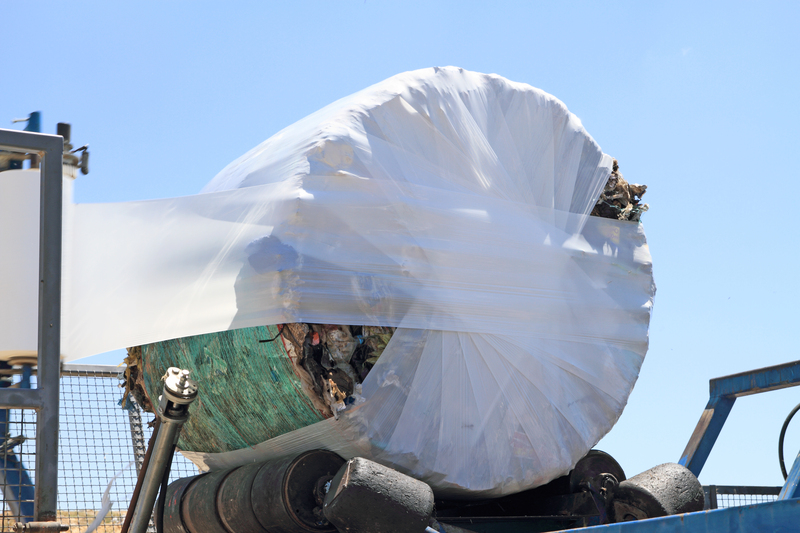A Cleaner Planet: Stopping Microplastic Pollution Together
The world is increasingly waking up to the looming threat of microplastic pollution, a pervasive problem that affects every corner of our planet. These tiny particles, often less than 5mm in size, have infiltrated our oceans, soil, and even the air we breathe. However, by understanding the sources and impact of microplastics and taking collective action, we can pave the way towards a cleaner, healthier planet.
Understanding Microplastics: What Are They?
Microplastics are small plastic fragments that have broken down from larger plastic waste, or they can be manufactured to serve specific purposes, such as in personal care products like scrubs and toothpaste. These minuscule plastics are grouped into two categories:
- Primary microplastics: These are intentionally produced for use in cosmetics, industrial processes, and other products.
- Secondary microplastics: Resulting from the degradation of larger plastic pieces, these arise from continual exposure to environmental factors like sunlight and wave action.
The Prevalence of Microplastics Around the Globe
Microplastics pollution is not confined to a single region or body of water. Because of their size and lightweight nature, microplastics disperse widely through natural processes. Here are several key areas affected by microplastic contamination:
- Marine environments: The oceans are a major sink for microplastics, affecting marine life and human health through the food chain.
- Terrestrial environments: Soil contamination impacts agriculture, allowing microplastics to enter the food system and, consequently, human diets.
- Urban areas: Cities contribute significantly to microplastic pollution through sewage discharge and run-off.

Sources of Microplastic Pollution
To effectively address microplastic pollution, it's crucial to identify its sources. These can be categorized into several main contributors:
Industrial and Manufacturing Activities
The production of plastics and industrial activities contribute heavily to microplastic pollution. During the transportation and handling of plastic materials like resin pellets, spillage can occur, adding to environmental pollution.
Consumer Products
Many everyday products contain microplastics. For instance, personal care items such as facial cleansers and exfoliants often include microbeads for abrasiveness. While these products deliver intended cosmetic benefits, they contribute to environmental pollution when rinsed off and enter wastewater systems.
Litter and Waste Mismanagement
Improper waste management leads to the wide dissemination of plastic debris. These materials degrade into microplastics, especially in landfills where exposure to various elements accelerates the breakdown process.
Impact of Microplastics on the Environment and Health
The pollution of ecosystems by microplastics has dire consequences for the health of our planet and all its inhabitants. Here are some of the critical impacts:
- Threats to marine life: Marine organisms ingest microplastics, mistaking them for food. This not only harms the creatures but also facilitates the entry of microplastics into the human food chain.
- Effect on biodiversity: Pollution disrupts aquatic and terrestrial ecosystems, leading to a decline in species diversity and habitat degradation.
- Human health risks: Consuming food contaminated with microplastics poses unknown risks to human health, as plastics may harbour toxic chemicals.
Microplastics and the Food Chain
Once microplastics enter aquatic ecosystems, they are consumed by plankton, fish, and eventually larger predators. This bioaccumulation of plastics further concentrates as they progress up the food chain, culminating in potential human consumption when seafood is involved.

Joining Forces: How We Can Combat Microplastic Pollution
Stopping microplastic pollution requires a multifaceted approach involving individuals, communities, industries, and governments. Here are several strategies to help combat this critical issue:
Personal Action and Consumer Choices
- Reduce plastic usage: Opt for reusable bags, bottles, and utensils to minimize plastic waste.
- Choose plastic-free products: Support brands that offer alternatives to microplastic-containing products.
- Educate others: Raise awareness about the impact of microplastic pollution and encourage others to adopt eco-friendly practices.
Government and Policy Engagement
Governments play a pivotal role in enacting policies that curb microplastic pollution:
- Implementing regulations: Policies that ban or restrict microplastics in personal care products can significantly reduce pollution.
- Investing in research: Financial support for research into alternatives to plastic and innovations in waste management is essential.
- Improving waste management: Supporting infrastructure development for recycling and waste reclamation services is crucial.
Innovative Approaches and Technological Solutions
The private sector and scientific communities can lead the charge in developing innovative solutions:
- Biodegradable plastics: Advancements in materials science can lead to the development of plastics that naturally decompose.
- Advanced filtration systems: Developing wastewater treatment processes that filter out microplastics before they reach natural water bodies.
- Plastic-eating enzymes: Research into enzymes capable of metabolizing plastic offers promising solutions for treating plastic waste.
Conclusion: A Unified Effort for a Cleaner Future
The fight against microplastic pollution is one that requires the concerted efforts of all sectors of society. By making informed choices, advocating for robust policies, and supporting scientific innovation, we can collectively work towards a more sustainable future. Together, we have the power to reduce microplastics and ensure that our planet remains clean and vibrant for generations to come.
Let us embrace our roles as stewards of the earth and take decisive action to stop microplastic pollution. It is a challenge, but one well within our capacity to overcome with determination and collaborative effort.